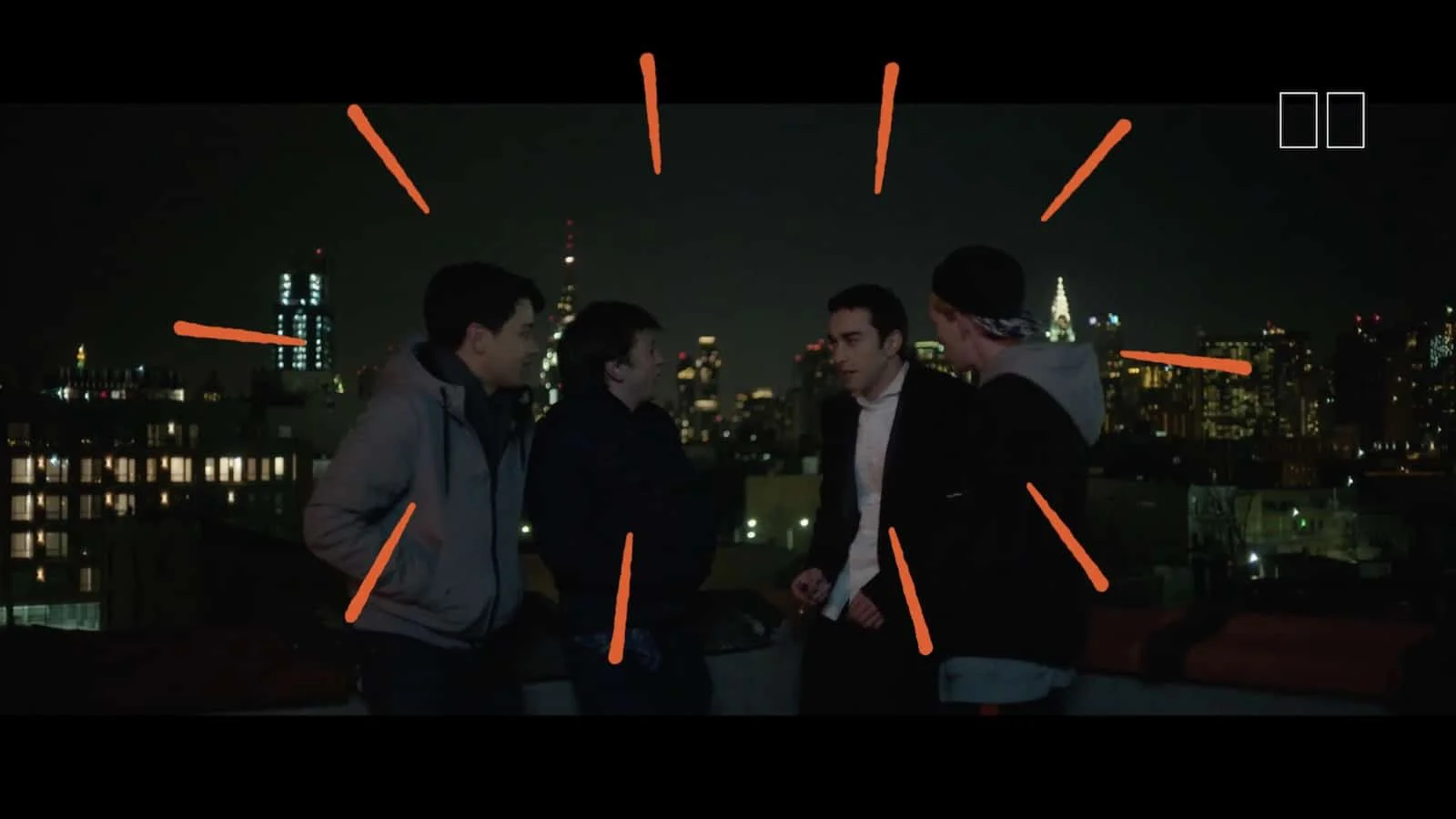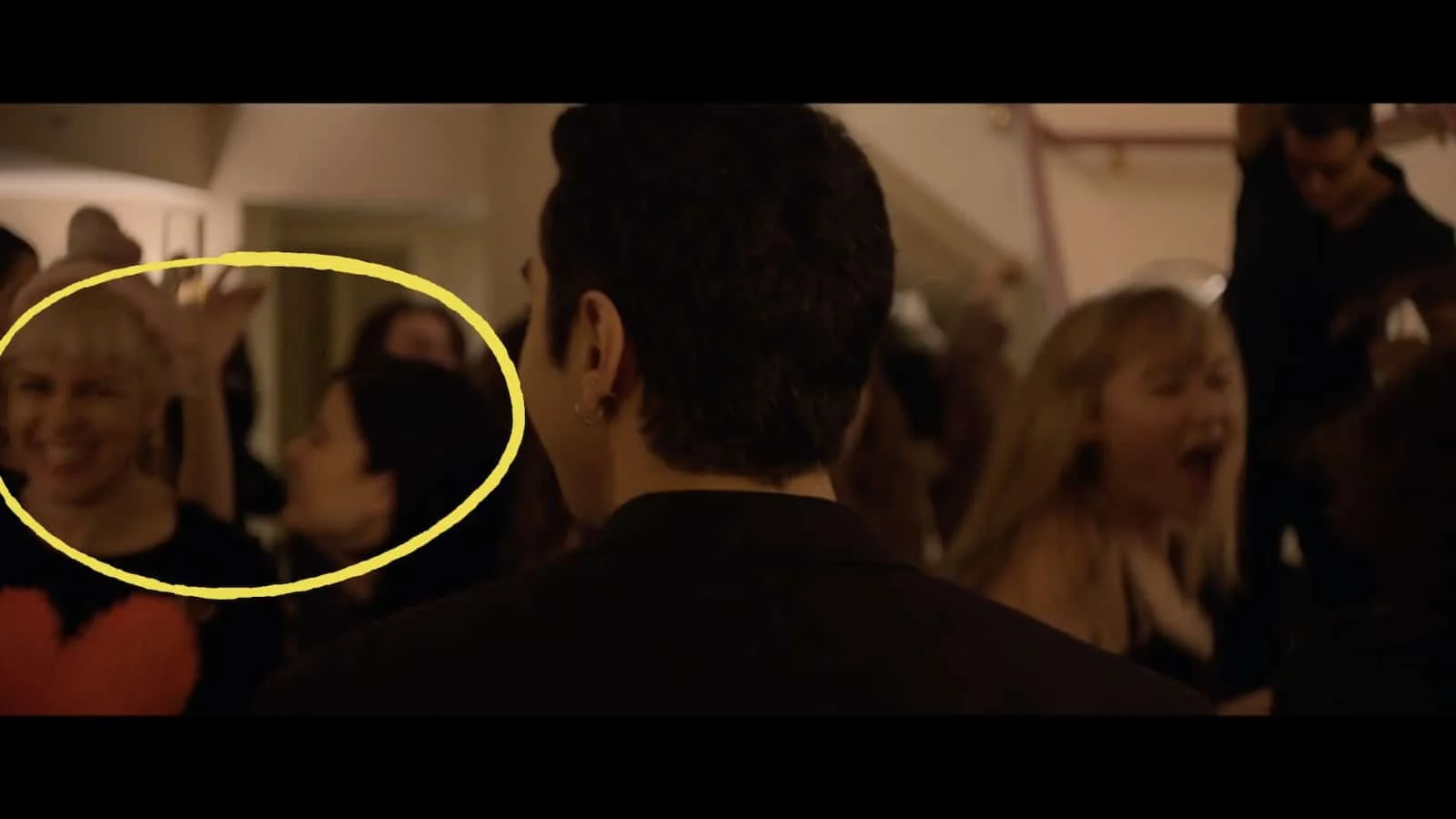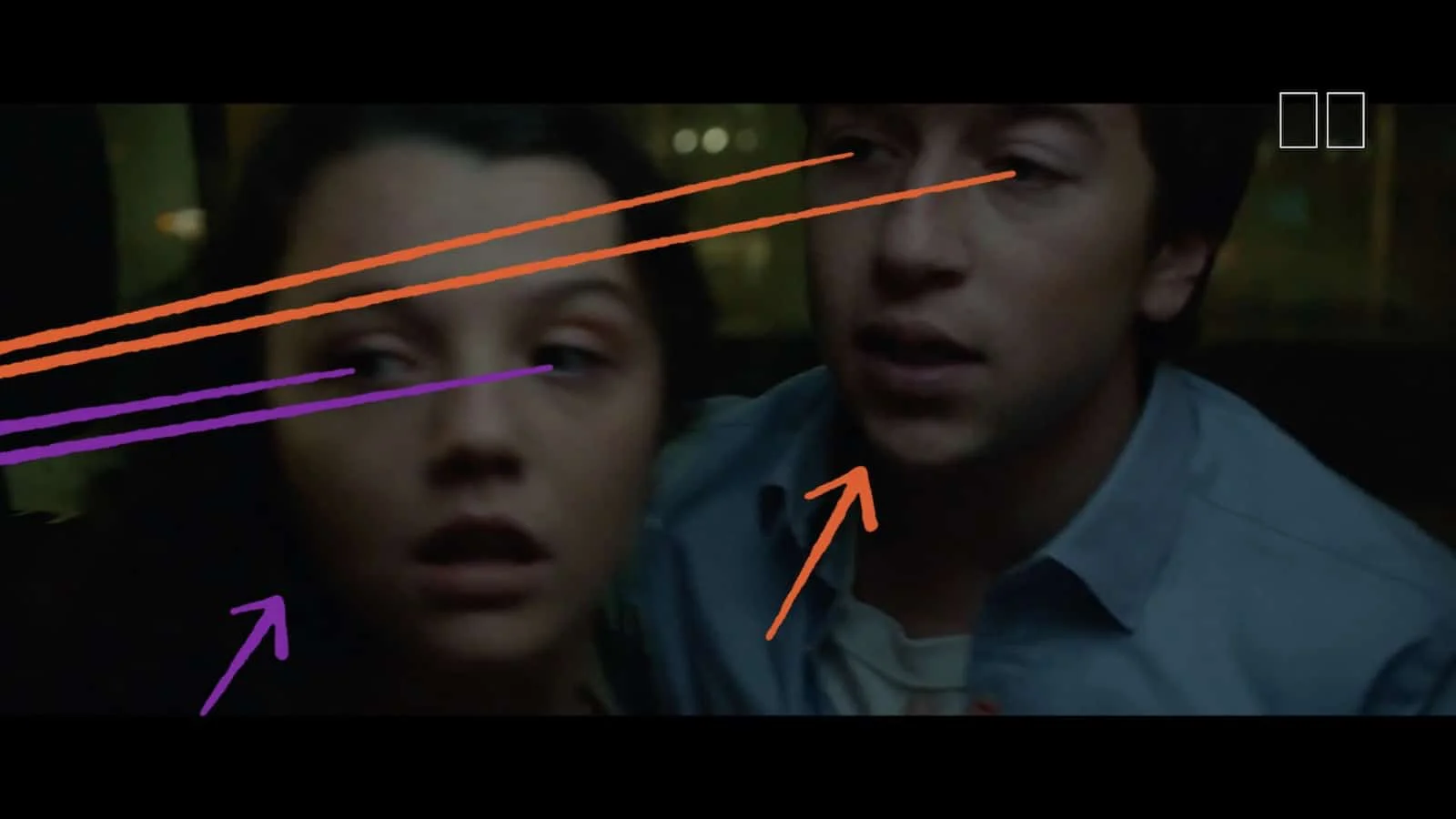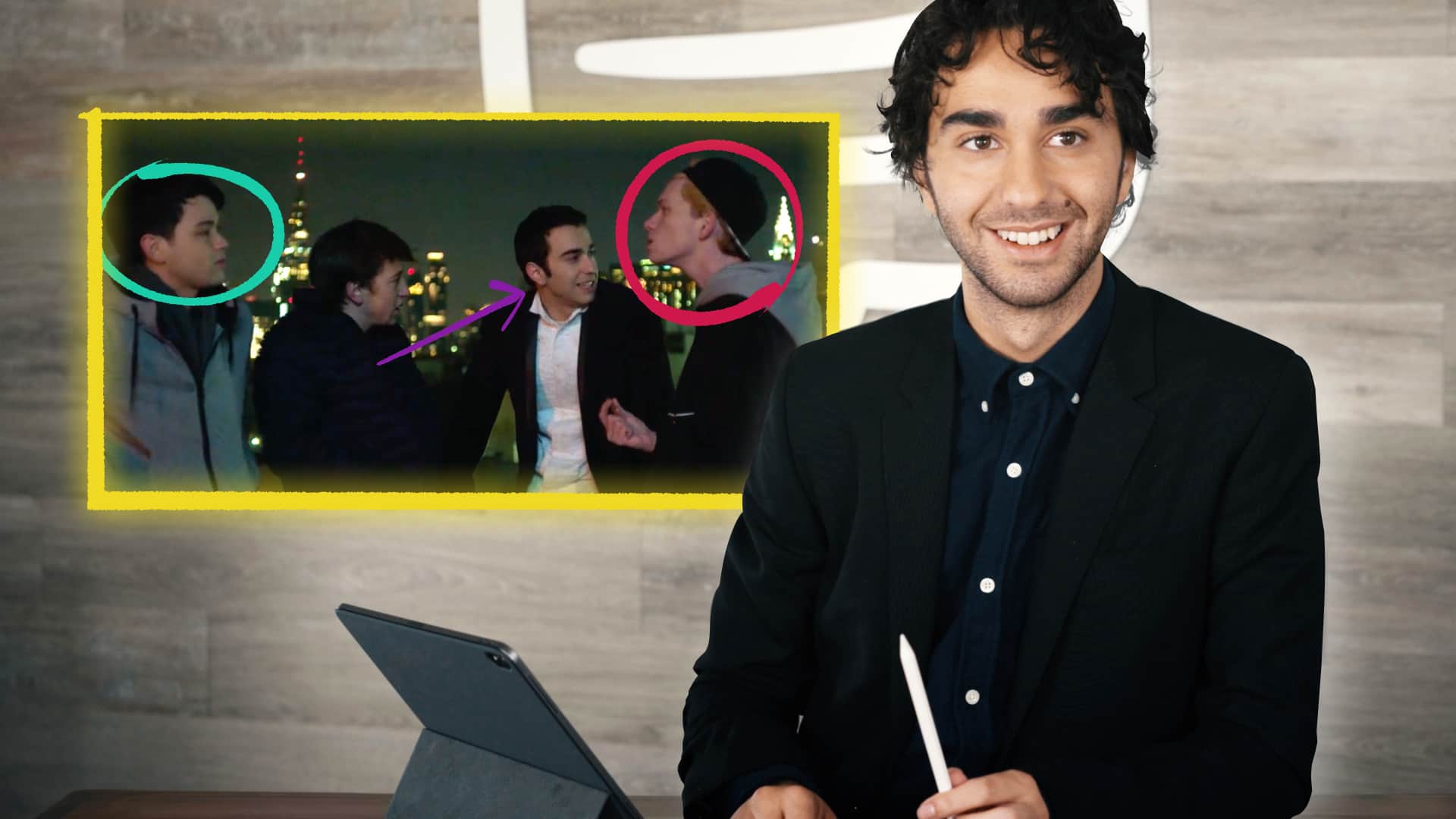Alex Wolff has made quite a name for himself around Hollywood, starring in such films as Hereditary, Jumanji: Welcome to the Jungle, and My Friend Dahmer. He recently made his directorial debut with the film The Cat and the Moon, and StudioBinder sat down with Alex to talk about some of the directorial choices he made to bring raw and emotional truth to his film.
Directed by Alex Wolff
The Cat and the Moon (2019)
While his mother seeks treatment in rehab, teenager Nick (Alex Wolff) comes to New York to stay with a musician friend of his father’s (Mike Epps) and to meet people who can show him what the city has to offer. Nick’s time away from home causes his buried pain and vulnerabilities to bubble to the surface and forces him to deal with them.
Before we jump into Alex's breakdown, here's the trailer to give you a sense of the film.
Trailer | The Cat and the Moon
Framing for Character
Change dynamics in a wide shot
The first shot Alex dissects is the conversation between Nick and some of his new friends on a New York rooftop. While there are a couple of two shots, the scene mostly remains a wide shot with all four boys.
When many directors want to convey what a character is feeling, they opt for the close up. It can be an effective tool, but Alex Wolff manages to capture all the necessary information in a wider shot.
If the scene simply consisted of close ups from one character to the next, then you wouldn’t fully see the forming dynamics. Nick is clearly uncomfortable. Seamus can tell Nick’s uncomfortable because we see him staring at Nick the entire time. And the other two boys are oblivious as they talk about whatever.

Wide framing for character dynamics
At first glance, it just seems like the scene is showing us four teens hanging out. It appears normal. However, with Nick’s uncomfortableness and Seamus’s awareness of Nick’s situation, we know there’s something lurking under the surface.
If the scene only consisted of close ups, then you wouldn’t see Nick’s body, which indicates anxiety. You also wouldn’t be really aware of where Seamus is looking because he would be cut off from Nick.
The scene does an excellent job of using the right camera angle to provide all the information the audience needs.
Wide shots can be more than just establishing a location. Let's look at how wide shots can be used for very different purposes — from comedy to claustrophobia.
Mastering the Wide Shot • Subscribe on YouTube
Directing The Background
Use your extras wisely
Part of directing for emotion means your audience remains in the moment at all times. The tiniest error or inconsistency will make the viewers aware they are watching a movie, and you will have to work even harder to draw them back into the emotional state of the scene.
That means knowing how to use extras properly so that you don’t end up with a mistake like this…
Worst Extra Ever • The Dark Knight Rises
In this scene, the extra knocks himself out without ever coming into contact with Batman or Catwoman. When you see it, you can never unsee it, so it brings you out of your emotional state. Alex Wolff wisely avoids this by using his extras to great effect.
Alex talks about how he gave each extra a specific task or paired them up with another person. That way everyone was doing something believable. When you watch the scene, you feel like you are actually at a high school party instead of watching a scene with people pretending to have a good time.

Wolff on directing extras
It does more than just make the scene come alive. It also puts you in Nick’s shoes. We follow Nick as he walks in, so we’re in his emotional state. We feel how anxious he is with everything going on.
The effect is just as jarring on the audience as it is for Nick. We just learned about the trauma in his life, and now we’re in the middle of a chaotic, claustrophobic hotel room with a bunch of strangers. We feel a sense of unease, which is precisely what Nick feels. And it’s only possible because we genuinely believe a party is taking place right now.
Related Posts
Go For AUthenticity
Surprise your actors
To get genuine, raw emotion out of your actors, you sometimes need to do something surprising. Actors know what to expect next because they’ve read the script. When you want to get something real out of them, it sometimes calls for something outside of the box.
For a climactic scene in The Cat and the Moon, Alex Wolff had to direct a scene in a cramped taxi cab. They had to film two actors in the back seat at a time, so he couldn’t really be acting when he needed reaction shots of Seamus and Eliza.
Create genuine reactions
Therefore, when he needed to increase the tension, Alex would start slapping himself to get more of a rise out of Seamus and Eliza. They go from confused terror to outright panic in a matter of seconds, which is exactly what the scene needed. If you can give your actors something they can use, even if you yourself aren’t on camera, then do it.
One of the best-known examples of this technique is from the movie Alien. To get genuine terror out of the actors during the "chestburster" scene, Ridley Scott did not rehearse what would happen. And the script merely said, “This thing emerges.”
The Chestburster | Alien
You can really see the terror on the actors’ faces, and that authenticity is what makes the moment (and film) so frightening. So, the lesson here is that as long as you don’t cross a line, a few surprises for your actors can do a lot of good on set.
Wrapping Up
In conclusion
Alex Wolff cut his teeth on short films before making the leap to directing a feature-length film. He took everything he learned through his experiences and created something truly wonderful.
By framing characters together, their dynamic can be fully explored through body language. Paying attention to everything we see, especially secondary characters like extras, we can approach a more authentic world. And, finally, keep your actors on their toes to generate genuine reactions because, sometimes, acting alone isn't enough.
The Cat and the Moon is available through on-demand and digital services. Check it out as soon as you can, and enjoy a great film from one of the most promising young directors out there.
UP NEXT
Tips for micro-budget filmmaking
The Cat and the Moon is Alex Wolff’s first feature-length film as a director. As you prepare for your first film project, it helps to know how you can get the most out of a small budget. We interviewed Alex Ferrari, founder of Indie Film Hustle, about how to navigate the world of micro-budget filmmaking.
Up Next: Micro-budget filmmaking →
Showcase your vision with elegant shot lists and storyboards.
Create robust and customizable shot lists. Upload images to make storyboards and slideshows.
